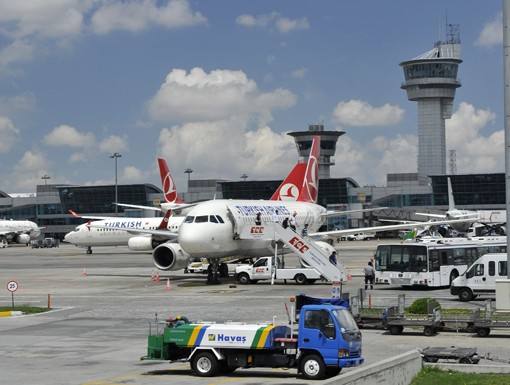Airports Council International (ACI) has released the latest edition of the World Airport Traffic Forecasts (WATF) 2016–2040, presenting aggregate airport traffic projections at the global, regional and country levels based on internationally comparable airport traffic data. Both absolute figures and compounded annual growth rates are presented over three time horizons which include short-, medium- and long-term over the 2016-2040 period.
ACI sees future growth originating to a large extent (62%) from emerging markets, driven by large population bases and increases in per-capita incomes. At the same time, microeconomic factors, which include heightened competition across the aviation sector and the increased presence of the ‘no-frills low cost’ business model among air carriers, will continue to stimulate demand with lower airfares, according to Angela Gittens, Director General of ACI World.
Concerning potential impediments to future growth, Gittens cites geopolitical unrest, terrorism and threats to security in certain parts of the world, as well as physical capacity considerations and potential bottlenecks in air transport infrastructure, and protectionist policies that retreat from further economic integration and air transport liberalization.
With respect to cargo, Gittens remarks that, “the weakened global economy and a sluggish global trade environment were definite deterrents to growth in air cargo volumes. There also continues to be a structural substitution effect in the delivery of goods across modes of transport, even in the face of strong economic fundamentals. The largest trade flow from Asia has experienced the weightiest shift away from air cargo. Thus, in the short to medium terms, global air cargo volumes are expected to increase modestly, in the realm of 2.4% on annualized basis up to 2025.”
Among the other key figures in the WATF:
- global traffic will double, to 14 billion passengers, by 2029 based on a projected growth rate of 5.2% per annum,
- growth through 2040 will be strongest in the Middle East (7.7% compound annual growth rate), followed by Asia-Pacific (6.2%) and Latin America (4.6%),
- in terms of market share, the Asia-Pacific region will account for 40% of passenger traffic by 2040 (compared with 34% in 2015), followed by Europe (20%, down from 27%) and North America (15%, down from 24%),
- international passenger traffic will surpass domestic traffic from 2028 onwards.

